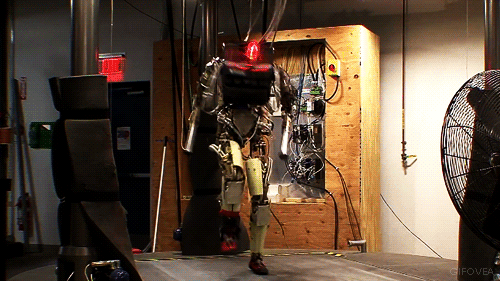At Nature, a quartet of researchers write of their concerns as Artificial Intelligence matures, worrying about our robot brethren contributing to warmongering and income inequality. In “Take a Stand on AI Weapons,” Berkeley computer professor Stuart Russell focuses on the former, questioning the wisdom of Lethal Automated Weapons Systems. An excerpt:
The artificial intelligence (AI) and robotics communities face an important ethical decision: whether to support or oppose the development of lethal autonomous weapons systems (LAWS).
Technologies have reached a point at which the deployment of such systems is — practically if not legally — feasible within years, not decades. The stakes are high: LAWS have been described as the third revolution in warfare, after gunpowder and nuclear arms.
Autonomous weapons systems select and engage targets without human intervention; they become lethal when those targets include humans. LAWS might include, for example, armed quadcopters that can search for and eliminate enemy combatants in a city, but do not include cruise missiles or remotely piloted drones for which humans make all targeting decisions. …
In my view, the overriding concern should be the probable endpoint of this technological trajectory. The capabilities of autonomous weapons will be limited more by the laws of physics — for example, by constraints on range, speed and payload — than by any deficiencies in the AI systems that control them. For instance, as flying robots become smaller, their manoeuvrability increases and their ability to be targeted decreases. They have a shorter range, yet they must be large enough to carry a lethal payload — perhaps a one-gram shaped charge to puncture the human cranium. Despite the limits imposed by physics, one can expect platforms deployed in the millions, the agility and lethality of which will leave humans utterly defenceless. This is not a desirable future.•
Tags: Stuart Russell

